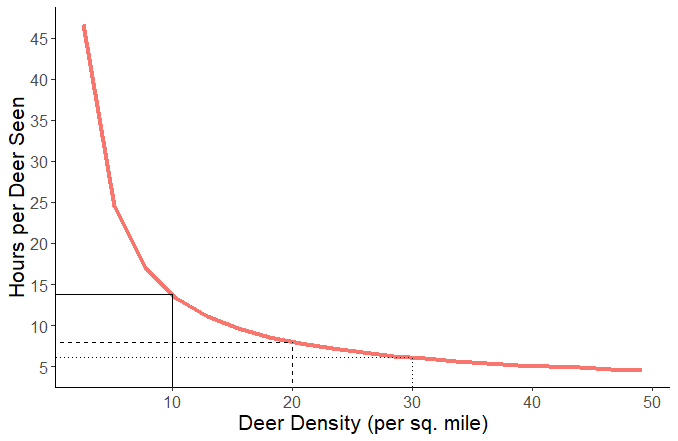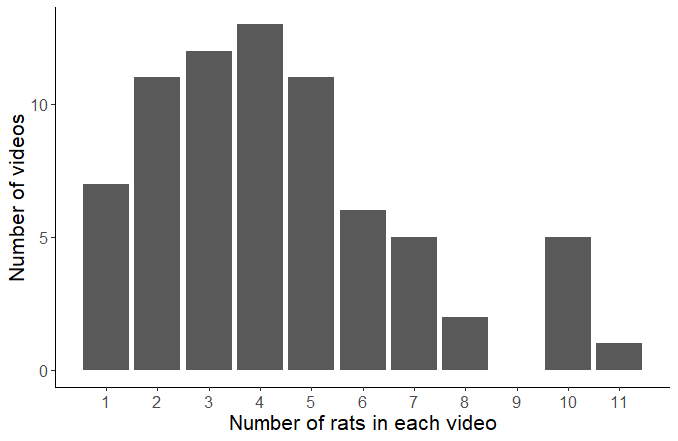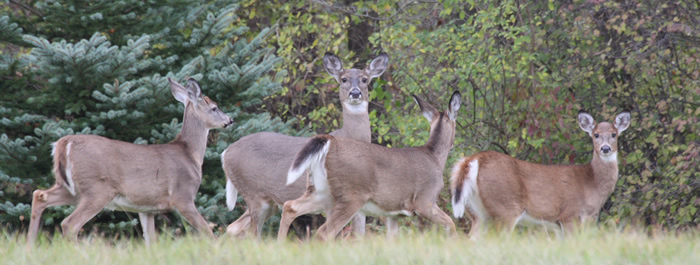To say this year has looked a bit different is an understatement. COVID-19 has put the kibosh on most of our travel plans for over 6 months. Trips to Florida, Maine, Montana, and Australia cancelled or postponed indefinitely. But that doesn’t mean our summer has been without excitement. Make your own fun we say! [Be advised – Duane’s and my idea of fun is probably not the norm.]
Duane lives on a farmette in central Pennsylvania with dogs that frolic about the fields, a beef that roams the hillside, chickens that strut the yard, and rats that plague the barn.
Duane’s mission this COVID summer – kill all the rats.
Norway rats (Rattus norvegicus) are an introduced species that made their way here during the colonial period. They like people. If people live there, Norway rats will too. And they are nothing but trouble – from damaging crops to killing chickens to spreading diseases (like bubonic plague and typhus!), they do it all. Duane’s war on rats is not novel. Humanity has been fighting it since the transition to an agrarian society thousands of years ago.
Duane and I collaborate on a lot of things and this endeavor is no different. In May, I started receiving texts that contained charts and graphs about rat sightings. Duane being Duane was collecting data. Me being me formulated a plan to write fun blog posts. So here we are.
As stated, the mission was to kill ALL the rats in Duane’s barn. Anyone who has waged war on a rodent population knows this is a lofty goal with a low probability of success. The fewer the rats, the harder they are to catch. And then there is the time invested. It might equate to a fool’s errand.
I’m 300 words into this post and have yet to mention deer. Don’t worry it’s coming.
Deer management is a conundrum. Managers work to meet goals based on habitat and deer health using a tool that isn’t always on board. That tool is, of course, hunters. Let’s harken back to my exploration of small kitchen appliances. Hunters, while our go-to tool for species management, have a completely different perspective on hunting. Their motivation is not management. It’s for “fun” – being in the woods, practicing a skill, quieting the mind, filling the freezer, or any of a million other personal reasons.
Deer are managed by increasing or decreasing harvest by way of hunters. The challenge has always been increasing harvest. Because there is a stark difference between perception and reality when it comes to deer density. Why? Because fewer deer on the landscape require more time and effort to find and harvest.
Most people understand that. What they may not understand is that the relationship between that time and effort is not a linear relationship. There is a fabulous paper by Van Deelan and Etter that covers this concept. The modeling in the paper makes Duane happy but the outcome of the analysis is eye opening.
The take home message: relative effort accelerates as deer density declines. Below a threshold deer density, the effort it takes to kill (or see) a deer exponentially increases. The critical point is around 38 deer/square mile. Anything above that density and there is very little change in the amount of time to harvest a deer. Below that, time to harvest a deer shoots up like a rocket.

From a hunting perspective, there is little difference perceived between 38 deer/square mile or 58 deer/square mile. But going from 38 to 18 deer/square mile it’s like the bottom fell out. If you’re a hunter with a limited amount of time to spend having “fun,” it may seem like there are no deer left in the woods. When, in fact, it “just” takes 30% more time to harvest or see one.
If we were a normal predator, we might decide it’s not worth the effort. Like my berry picking forays, foraging efficiency has declined and it’s time to move on to another patch. But that’s not what usually happens.
Hunters inevitably complain that there are no deer left; management efforts fail; and deer densities increase. Or if hunters do move on to another patch, management efforts still fail (because not enough deer are harvested) and deer densities increase (because hunters aren’t there to harvest them).
Managing deer with this tool is hard.
Ok, back to rats. Below is a graph of observations when warfare began.

The purpose of Duane’s COVID summer project is not only to kill all the rats. It’s also a great illustration of this effort/response concept with little at stake – other than Duane’s time, money, and sanity.
We’ll follow the kill as well as Duane’s time, money, and sanity over the next few posts!
-Jeannine Fleegle and Duane Diefenbach
Posts in this series:
A man, A plan, A rat
Phase II: A repeating trap
Phase III: What every story needs
